Why do you need to sharpen your skates?
You need two sharp edges when skating on ice. These edges are called inner- and outer edges. It's the combination of having a sharp inner edge which the skater pushes off from and transfer that force onto the other skate's both edges which the skater glides on. Then the same process is repeated when the glide phase slows down and it goes into pushing off again.
The edges gets worn down and/or damaged when skating. New skates do not have any edges from the start. A simple rule is that dull or no edges makes you fall on your ass a lot.
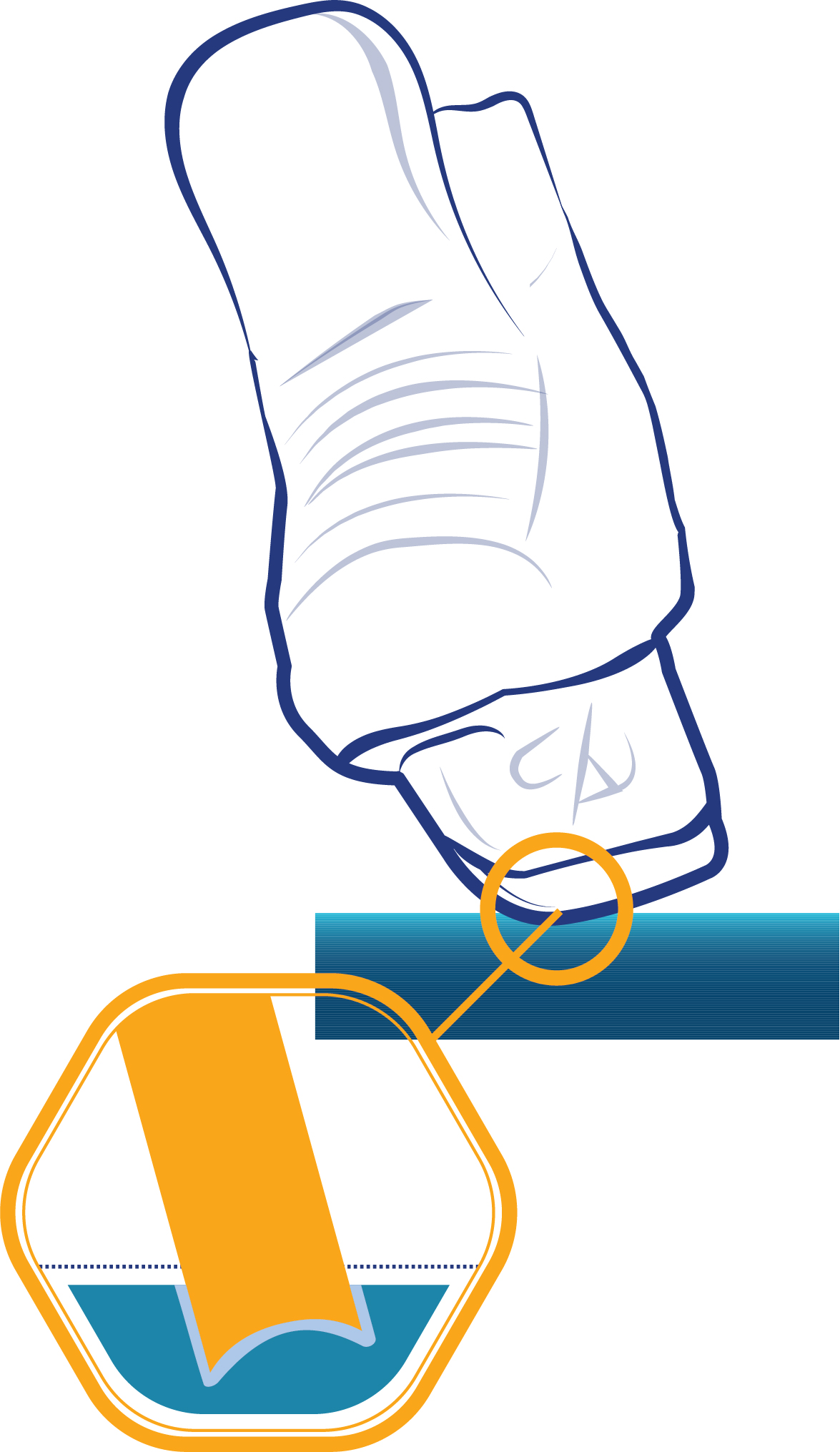
To maintain the edges or make new edges you need to sharpen them with a grinding wheel.
What is the Radius of Hollow?
The curve of the grinding wheel when seen in a cross section decides what radius of hollow you get on your blades.
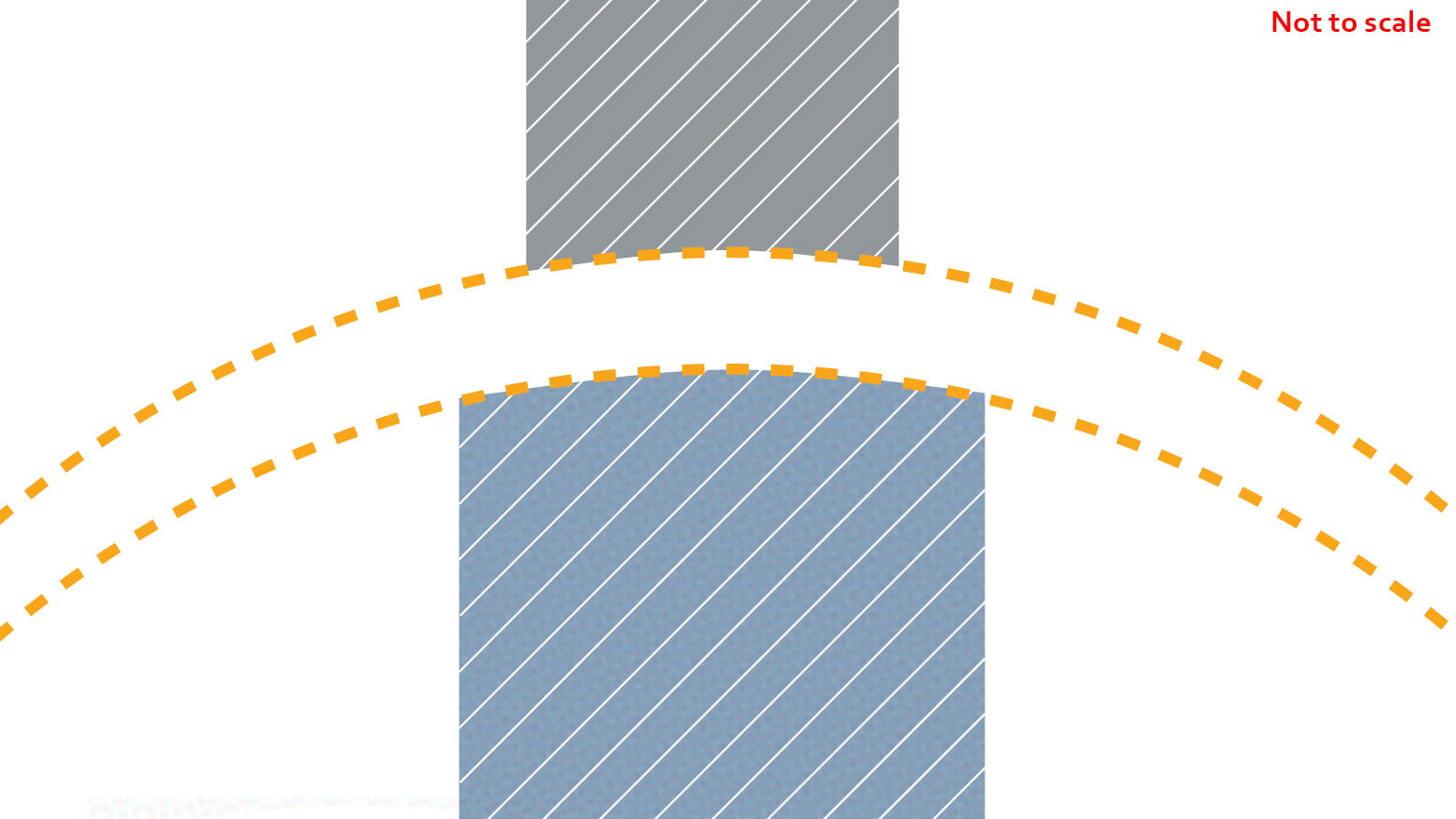
By reshaping the stone grinding wheels you can change the curve and subsequently the radius of hollow (see example picture and video below).
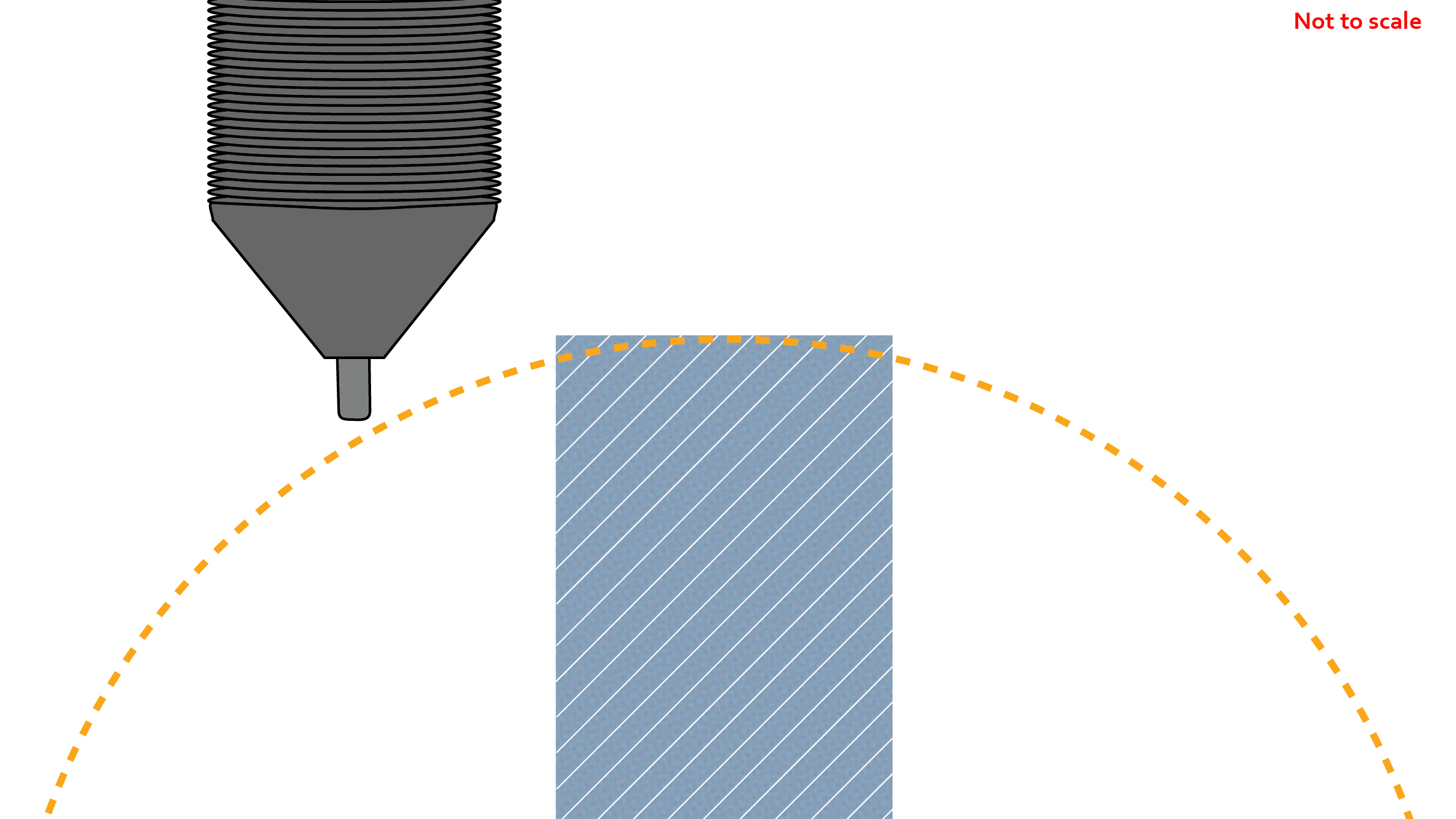
Or by changing the electroplated wheels, this applies for SkatePal (100 mm, 60 mm) and Prosharp Home (60 mm). The EP wheels has a fixed radius of hollow and thes can not be dressed (see example picture and video below).
A deep radius of hollow gives you more grip and less glide. This is because the deeper hollow generates more friction and that makes you dig into the ice more.
A flatter radius of hollow gives less grip but more glide. This is because the flatter hollow digs less into the ice and it leads to less friction. Making you float on top of the ice more.
The most ideal radius of hollow , according to us, is to reduce the radius of hollow as much as possible and still maintain the grip by choosing the correct profile. Reducing the radius of hollow will also lead to less stress on the skater's body and help the skater reserve stamina.
Radius of hollow is stated in either inches (US/Canada/some parts of Europe) or millimetres (Europe).
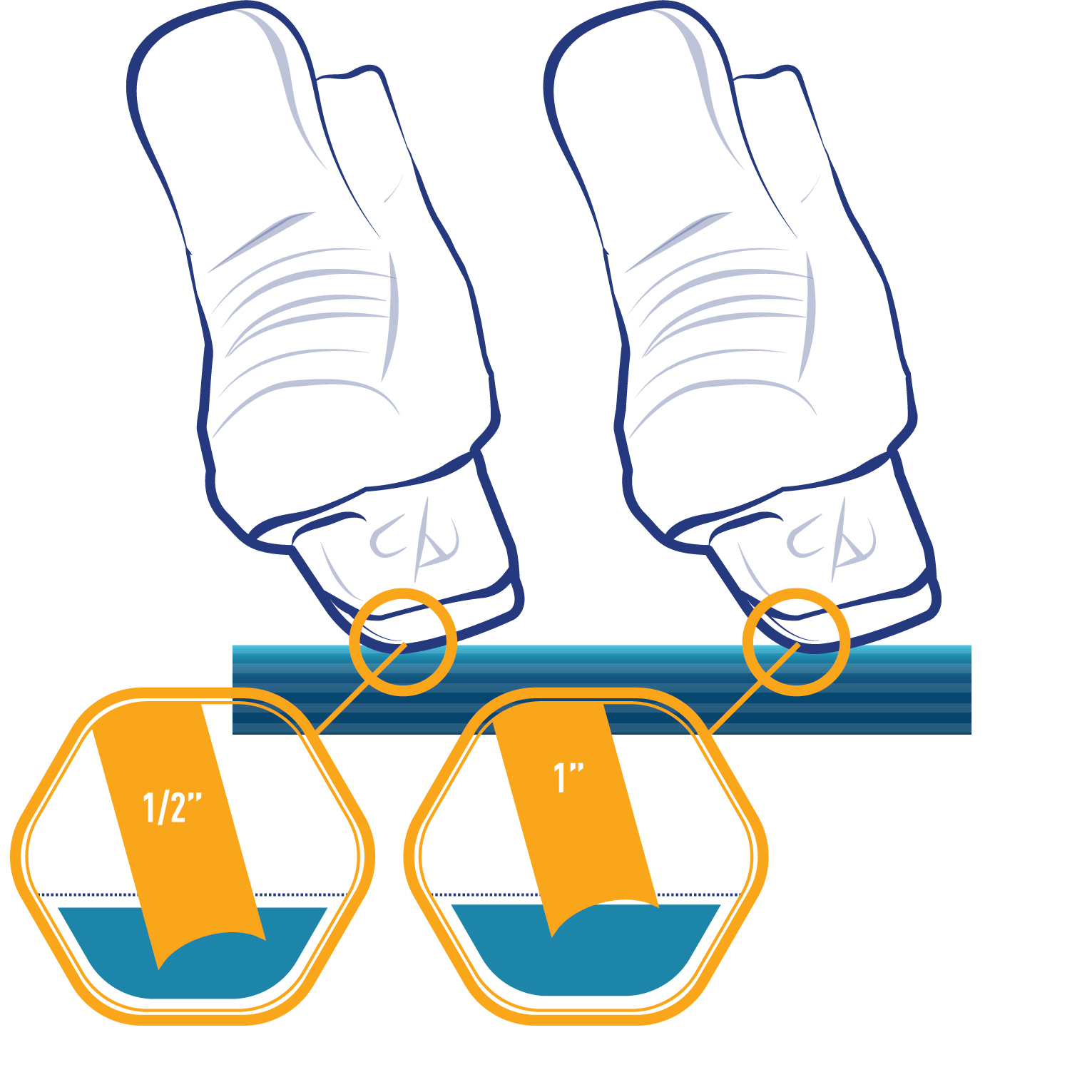
What is a profile?
A profile is the shape of the blade when seen from the side (or in profile). Prosharp Profiling® has been under development since the first machine hit the market in 1986 and it can help and maximize skaters ability. Prosharp Profiling® focuses on four areas; acceleration, agility, speed and stability. By choosing the correct profile you can get help or maximize acceleration, agility, speed and stability. Choosing the correct profile combined with a shallower hollow can also put less stress onto hips, groins and knees, leading to less injuries. What's the correct profile for each skater is very individual and it all boils down to the feeling on the ice.
Radius of profile is stated in either feet (most common) or metres. With combination profiles this means that the combination is stated from the toe to the heel. If you have a Zuperior Medium your combination is 6 ft – 13 ft – 20 ft.
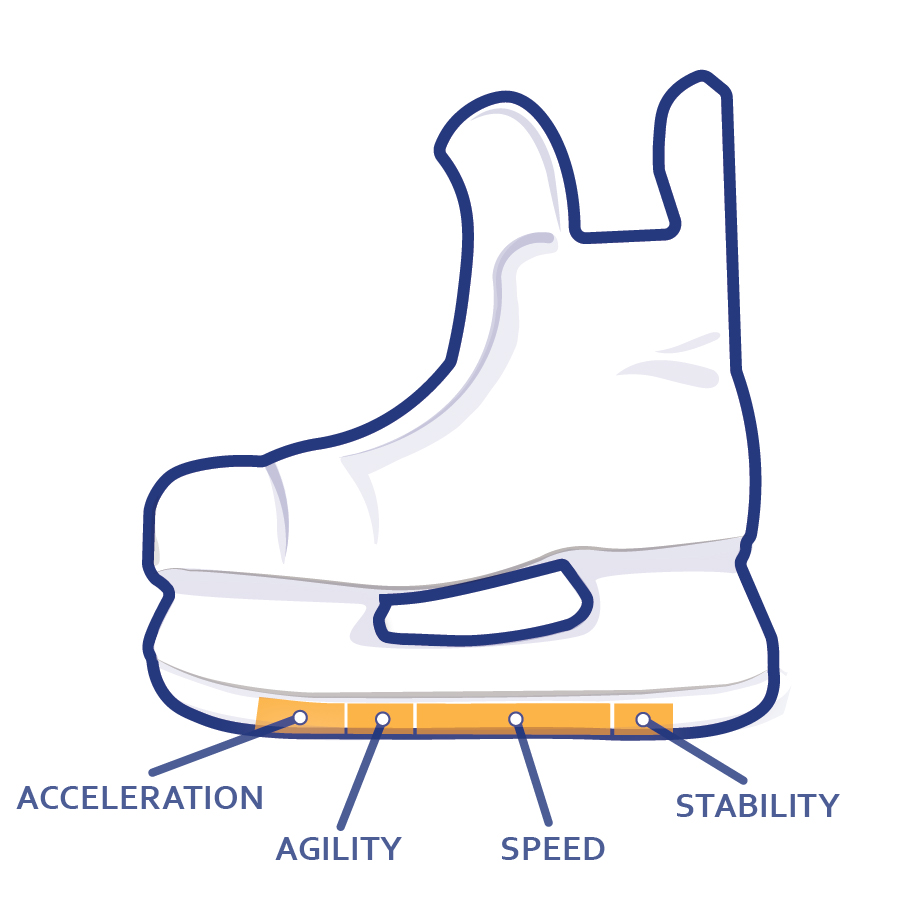
What hollow is the best for you?
To get a general recommendation for choosing the radius of hollow you can use this formula: bodyweight/3,14 (Pi). Example 80 kg/3,14=25,47, round off to 25. There you have a radius of hollow to start with.
What profile is the best for you?
When being a beginner skater we recommend that the beginner gets as much ice contact as possible. This is to provide stability to the skater. Good beginner profiles are 17 ft.- or 19 ft single profiles.
When the skater has reached the next stage in hers or his skating development go down to less ice contact. This is to add more acceleration/agility to the skating. Depending on personal preference the skater could try anything from 10 ft. to 15 ft.
After that it's time to test combination profiles. Start with the dual profiles, it combines two radii in one profile:
Detroit 1 (10 ft. – 20 ft.) –Combine both good acceleration/agility with great speed/stability.
Detroit 2 (13 ft. – 26 ft.) – A profile focused onmaximum glide speed and especially stability but has enough agility in the front to outmanoeuvre your opponents.
Win 1 (9.5 ft. – 10.5 ft.) – A profile focused on great acceleration and agility.
Win 2 (10 ft. – 11 ft.) – A profile focused on great acceleration and agility.
Combi 10 – 13 (10 ft. – 13 ft.) – A profile focused on great acceleration and agility but also providing good speed and stability.
Combi 9 – 10 (9 ft. – 10 ft.) – A profile focused on excellent acceleration and agility.
Toronto 1 (7 ft. – 10 ft.) – A profile focused on maximum acceleration and great agility.
Toronto 2 (9 ft. – 15 ft.) – A profile focused on excellent acceleration and agility but also providing very good speed and stability.
Toronto 3 (11 ft. – 17 ft.) – A profile focused on great acceleration and agility but also providing excellent speed and stability.
The description is only a general recommendation and the skater needs to test different profiles to find what will suit that specific player's style of skating.
The latest in Prosharp Profiling® is profiles with combinations of three radii and four radii. We call the three radii combination Zuperior and the four radii combination Quad. We recommend the Zuperior profiles to wingers and defensive D-men because it gives great straight line speed with great glide and excellent balance/stability. The Quad profiles are recommended to centers and offensive D-men because the ability to pivot/change direction together with excellent agility and speed.
We have developed different Zuperior- and Quad profiles depending on the skate size:
Skate size 1-2: Zuperior 3XS & Quad 3XS.
Skate size 3-4: Zuperior XXS & Quad XXS.
Skate size 5-6:Zuperior XS & Quad XS.
Skate size 7-8: Zuperior Small & Quad Zero.
Skate size 9-10:Zuperior Medium & Quad I.
Skate size 11-12: Zuperior Large & Quad II.
The description is only a general recommendation and the skater needs to test different profiles to find what will suit that specific player's style of skating.
Instruction videos on each machine from our Youtube channel:
AS 2001 ALLPRO-SC
AS 1001 PORTABLE-SC
SkatePal® Pro 3
Prosharp® Home
Service
All service of Prosharp's machines should be made by personnel that is representatives of Prosharp or trained by Prosharp. We recommend yearly service, read more about service here.